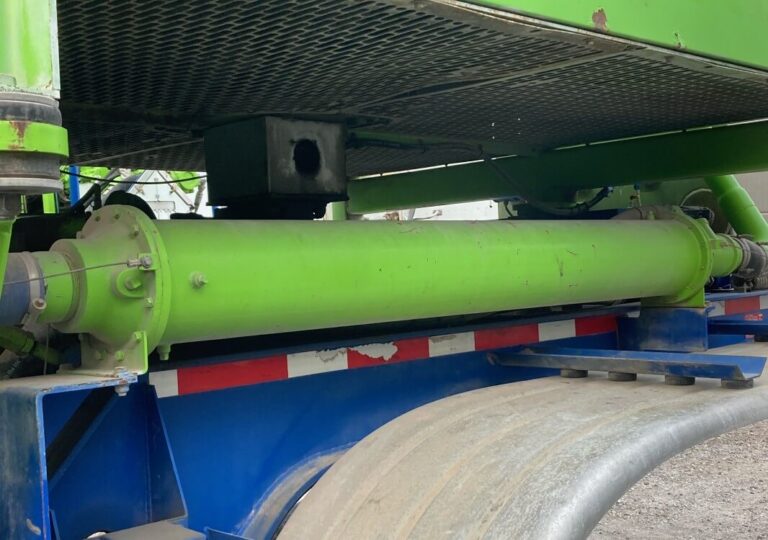One of the most widely-used types of heat exchanger is the shell and tube heat exchanger. In this design, a large pressure vessel (shell) houses a bundle of tubes through which fluid flows. A different fluid flows within the shell but outside the tubes, and heat is transferred between the two. Shell and tube heat exchangers work well for high-pressure processes like those performed at chemical plants and in the oil and gas industry.
There are several variations of shell and tube heat exchanger, and with that a variety of common repairs needed to keep the system working properly. If you utilize this type of heat exchanger, it’s important to be familiar with these repairs so you can anticipate necessary downtime, costs and other operational concerns. Understanding the basics of heat exchanger repair also helps make sure you select a properly qualified service partner to perform the repair work when needed.
Tube plugging
Leaking tubes or tube joints are a typical malfunction in shell and tube heat exchangers. The simplest way to address this problem is by plugging the leaky tube so fluid no longer flows through it. There are a few different types of plug, including welded, expanding and single taper. The advantages of tube plugging are that it’s a relatively simple way to limit damage to surrounding components and it allows the heat exchanger to continue functioning with minimal interruption. The downside is that a plugged tube inevitably affects the heat exchanger’s overall flow volume, and too many plugged tubes may lead to an unacceptable drop in overall performance.
Re-tubing
A step up in repair complexity from tube plugging is a process called re-tubing. This is when old or faulty tubes are removed and replaced. This can be a cost-effective option for large heat exchangers that would be very costly to move offsite. The repair can usually be performed through the tube sheets or, if necessary, by cutting through the shell. Whether performed onsite or at an offsite service center, it is important to plan for the significant downtime a re-tubing job will likely require. It is also possible that related problems could be discovered during the re-tubing process.
Tube-to-tube sheet repairs
Another type of shell and tube heat exchanger repair addresses the tube-to-tube sheet joints that hold the key components of the heat exchanger together. Tubes are attached to tube sheets by applying pneumatic or hydraulic pressure, or by roller expansion. The joints can then be welded for a stronger seal. These connections are potential sites for leaks, and the attachment method determines the appropriate repair process. For example, an expansion joint may require torque-controlled equipment to repair without damaging surrounding tube joints. Welded joints require re-welding to repair, and other tube-to-tube sheet joints might accept special adhesives as a short-term fix.
Having some familiarity with the types of shell and tube heat exchanger repair will help you plan for the service your system needs. At Industrial Radiator Service, we test, clean, repair and rebuild all types of heat exchangers, including shell and tube. Our expert technicians will make sure the right process is used to keep your system running efficiently.


[…] but outside the tubes, which allows the transfer of heat between the two fluids to occur. Common repairs needed for shell and tube heat exchangers include fixing leaking tubes or tube joints, replacing faulty tubes with re-tubing, […]